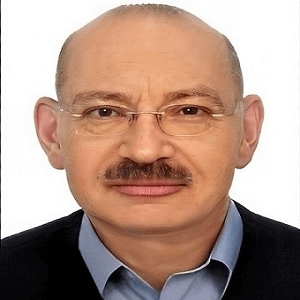Nanotechnology has the potential to revolutionize the environment and agriculture sectors by providing innovative solutions to many of the environmental and food production challenges facing the world today. Nanotechnology can be used to develop new materials for energy production, clean water, air and soil, as well as for crop improvement, pest control, and soil fertility. Nano-sized materials are already being used in the manufacture of solar cells. Nano-coatings can also be used on agricultural crops to improve their resistance to drought, pests, and diseases. Nanomaterials can be used to create efficient and cost-effective fertilizers, herbicides, and pesticides that are safe for the environment. Nanotechnology can also be used to improve the efficiency of water filtration and purification systems. Nanoparticles can be used to filter out harmful contaminants, while reducing the amount of water needed to purify it. Nanomaterials can also be used to detect and filter out pollutants and hazardous materials in the air. Nanotechnology can also help to increase crop yields and reduce the amount of pesticides, herbicides, and fertilizers used in agriculture. Nanomaterials can be used to create nanopesticides and nanofertilizers which are more effective and less harmful to the environment than conventional chemicals. Nanotechnology can also be used to create advanced sensors and monitoring systems that can provide farmers with real-time data about the health of their crops. In conclusion, nanotechnology has the potential to revolutionize the environment and agriculture sectors by providing innovative solutions to many of the environmental and food production challenges facing the world today. Nanotechnology can be used to create efficient and cost-effective materials for energy production, clean water, air and soil, as well as for crop improvement, pest control, and soil fertility. As research and in this area continues to progress, nanotechnology will continue to be a driving force in improving the environment and agricultural sectors.

Thomas J Webster
Hebei University of Technology, United States
Hossein Hosseinkhani
Innovation Center for Advanced Technology, Matrix, Inc., United States
Hai Feng Ji
Drexel University, United States
Paulo Cesar De Morais
Catholic University of Brasilia, Brazil
Azzedine Bensalem
Long Island University, United States
Robert Buenker
Wuppertal University, Germany
Rafal Kozubski
Jagiellonian University in Krakow, Poland
Sylwia Wcislik
Kielce University of Technology, Poland
Raman Singh
Monash University-Clayton Campus, Australia


Title : Circumventing challenges in developing CVD graphene coating on mild steel: A disruptive approach to remarkable/durable corrosion resistance
Raman Singh, Monash University-Clayton Campus, Australia
Title : Highlighting recent advancements in electromagnetic field subwavelength tailoring using nanoparticle resonant light scattering and related topics
Michael I Tribelsky, Moscow State University, Russian Federation
Title : The impact of nanomedicine: 30,000 orthopedic nano implants with no failures and still counting
Thomas J Webster, Hebei University of Technology, United States
Title : Logistic-modified mathematical model for tumor growth treated with nanosized cargo delivery system
Paulo Cesar De Morais, Catholic University of Brasilia, Brazil
Title : Current and future of red and black phosphorus nanomaterials
Hai Feng Ji, Drexel University, United States
Title : Azodye photoaligned nanolayers for liquid crystal: New trends
Vladimir G Chigrinov, Hong Kong University of Science and Technology, Hong Kong
Title : Atomistic simulation of chemical ordering phenomena in nanostructured intermetallics
Rafal Kozubski, Jagiellonian University in Krakow, Poland
Title : The enhanced cytotoxic effect of curcumin on leukemic stem cells via CD123-targeted nanoparticles
Wariya Nirachonkul, Chiang Mai University, Thailand
Title : Efficiency of nanoparticles (Micromage-B) in the complex treatment of multiple sclerosis
Andrey Belousov, Kharkiv National Medical University, Ukraine
Title : Innovative method of nanotechnology application in the complex treatment of multiple sclerosis
Andrey Belousov, Kharkiv National Medical University, Ukraine